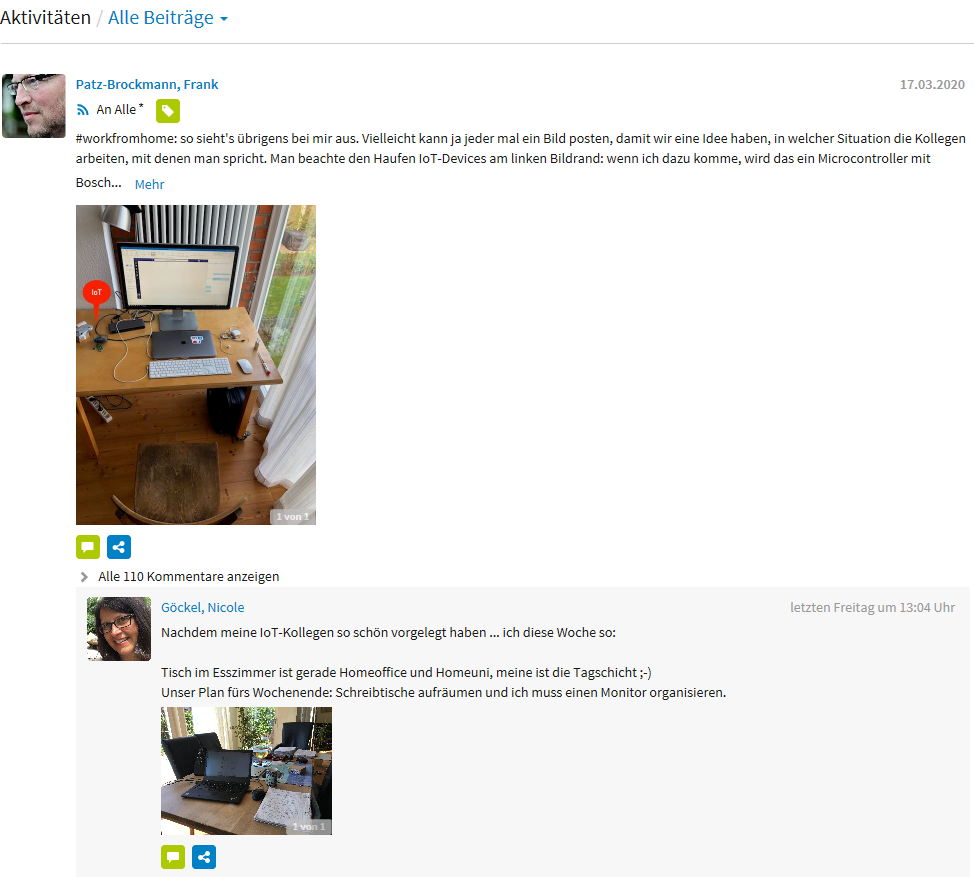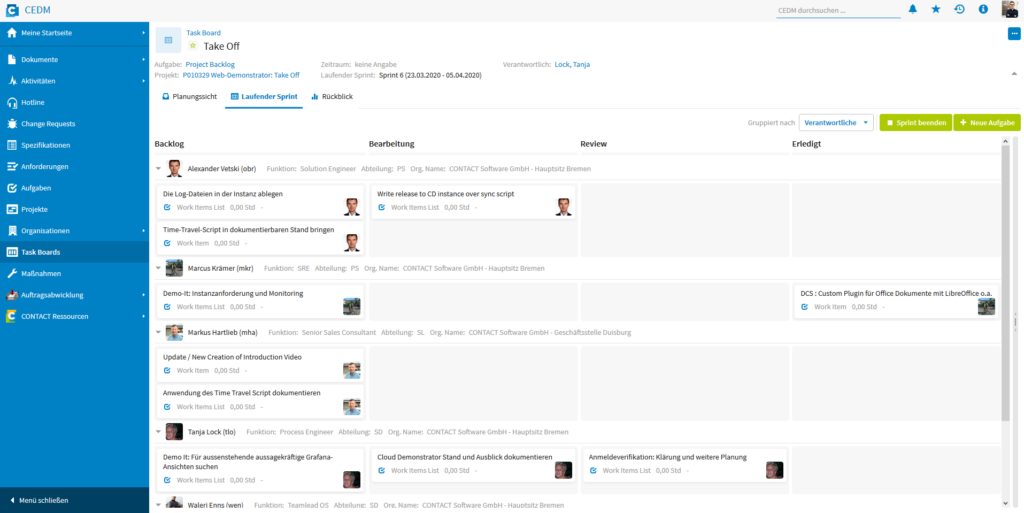Germany and almost all other countries are facing a crisis! Within a very short time we had to realize that an infectious organic structure with a size of a few nanometers is causing gigantic damage worldwide and is turning our lives upside down. We suddenly realize how vulnerable our existence is and how our own need for security always comes to the fore when everything around us can no longer be taken for granted.
History teaches us that it doesn’t matter what the name of a disaster is – COVID-19, 9/11, Fukushima or Tsunami, safety and risks have to be reconsidered and reassessed in each case. Because too much security makes any system slow and cumbersome. By contrast, too many risks, however, entail a high degree of danger – not only for the individual, but also for society as a whole.
The consideration and evaluation of product risks is a familiar topic in the PLM world. Risk management is often perceived as an annoying accessory, which essentially causes a lot of paper to be filled. However, the concrete added value is not always immediately apparent. This is where the change of perspective from producer to consumer helps: Countless test and quality seals in every area of daily life ensure that products are safe to use, for example the TÜV for the car, the CE mark on the notebook or the GS seal on the office chair. Nobody wants to do without the fact that the product he uses is sufficiently safe and that he can use it without major risks.
Three fundamental insights have become apparent for my consulting work:
- Think the unthinkable
Science and technology make us feel more and more that nothing can happen to us. But this certainty can be deceptive. Sometimes we only feel safe because we are not (yet) aware of risks or because we misjudge them. - You cannot think as stupidly as it may come
It will never be possible to anticipate every risk and to be prepared for all eventualities or even be insured against them. Nevertheless, risk management trains the eye for possible dangers and effective countermeasures. Regularly thinking about risks and sounding out parameters for security in times of no crisis trains thought structures and action patterns. These consequently form a solid basis for sound crisis management. - Necessity is the mother of invention
Unknown situations paralyze one’s own thinking and acting at first, but as a consequence they stimulate creativity in particular. There is enormous potential here for innovative and efficient ideas on how to achieve great things with existing onboard resources. So every crisis also offers the chance for change and improvement.
Corona ensures that the golden mean between safety and risk in all areas of life can once again be balanced under the given parameters. Perhaps the changed perspectives will even make it possible to take a more positive view of risk management in PLM and give free rein to one’s own creativity both in assessing risks and developing safe products?





